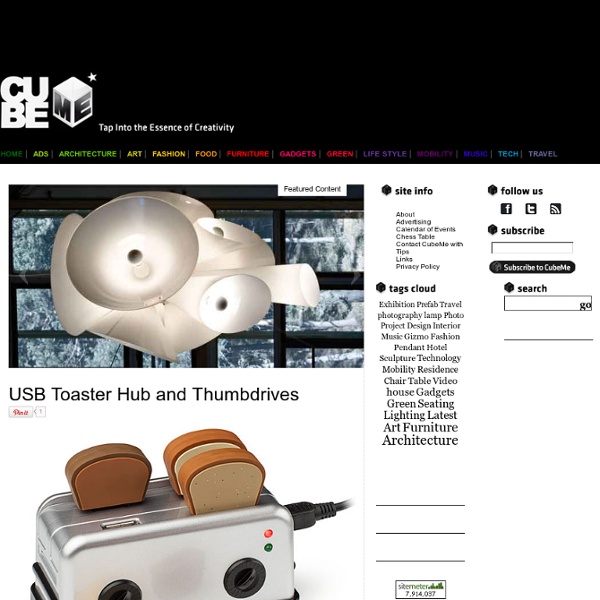



Untitled Document It has taken ten years of guitar construction and development to achieve the quality of sound produced by The KINNY Stereo Acoustic Guitar. Initially, Paul started designing and making guitar type instruments that were suited to recording purposes only. The sounds he worked towards usually had a clean lower frequency response. This lack of a 'muddy bottom end' suited the guitar ensemble recording activities that he was becoming involved in. Four stringed guitars, Nashville tuned guitars, Soprano guitars, Baritone Guitars, Electric and Classical guitars were developed and recorded to test their studio characteristics. Acnejr You should follow Designspiration on Twitter and Facebook for site news. — Shelby Designspiration Search Color mediumsmalllarge Discover Ads via The Deck L+R is hiring a User Interface Designer in Dumbo, NYC
Design Better And Faster With Rapid Prototyping - Smashing Magazine Advertisement The old adage, “a picture speaks a thousand words” captures what user interface prototyping is all about: using visuals to describe thousands of words’ worth of design and development specifications that detail how a system should behave and look. In an iterative approach to user interface design, rapid prototyping is the process of quickly mocking up the future state of a system, be it a website or application, and validating it with a broader team of users, stakeholders, developers and designers. Doing this rapidly and iteratively generates feedback early and often in the process, improving the final design and reducing the need for changes during development. Prototypes range from rough paper sketches to interactive simulations that look and function like the final product. The keys to successful rapid prototyping are revising quickly based on feedback and using the appropriate prototyping approach.
Modern Furniture Designers Spin Spidey-Worthy Webs From Packing Tape Packing tape has gotten MacGyver out of many a jam, but he never managed to make an entire home out of the stuff. So he could probably learn something from Viennese/Croatian design collective For Use/Numen. The team uses nothing but packing tape to create huge, self-supporting cocoons that visitors could climb inside and explore.
Design - Smashing Magazine Category: Design This category features articles on general design principles, Web design, typography, user interface design and related topics. It also presents design showcases and practical pieces on the business side of design. Curated by Alma Hoffmann. Popular tags in this category: Graphic design resources, tutorials, and more!